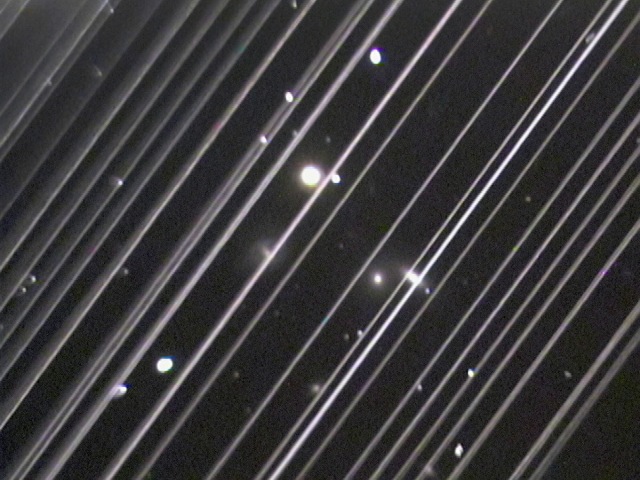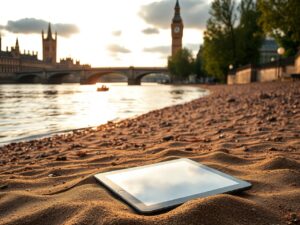[imagesource:wikimediacommons]
It seems more people are willing to listen to Elon Musk over scientists, but then they can’t come crying when the atmosphere is damaged and they can’t see a single real star anymore.
Scientists are sounding the alarm as companies like SpaceX, led by Elon Musk, race to blanket the skies with tens of thousands of internet satellites.
While Musk’s Starlink already dominates, the environmental risks seem to be taking a backseat—because what’s a little atmospheric harm when you’re building the future, right? Meanwhile, Musk’s influence in the new Trump administration only adds another layer to this high-stakes space rush.
The number of satellites cluttering Earth’s orbit has exploded from just 1,000 in 2010 to over 10,000 today. And the frenzy is far from over—a government report predicts another 58,000 could launch by 2030. The usual suspects? SpaceX, OneWeb, Amazon, and the Chinese government are all racing to wrap the planet in internet connectivity, whether we want it like this or not.
The problem is that the ozone layer that protects us from powerful solar radiation could be at stake, according to around 100 scientists who signed a letter in October asking the Federal Communications Commission, which regulates satellite launches in the US, to pause mega-constellations, per BusinessInsider.
“We should look before we leap,” the letter reads, adding, “The environmental harms of launching and burning up so many satellites aren’t clear.”
Musk, the man behind Starlink—the world’s largest satellite network—hasn’t been shy about taking aim at regulations that get in his way. Now, with the new Trump administration in play, he’s positioned to push even harder against oversight.
Starlink already dominates the skies, making up over half of the 10,560 active satellites as of mid-November, according to Harvard astronomer Jonathan McDowell. And if that wasn’t enough, SpaceX has its sights set on launching 30,000 more – as if the sky isn’t crowded enough yet.
Research has already shown that rocket launches, such as those that put satellites into space, emit pollutants like carbon dioxide and black carbon, which could trigger processes that deplete Earth’s protective ozone layer. This exacerbates an already loopy weather system and wreaks havoc on the natural world, which knock knock, affects human life, too.
And that’s just what a launch can do. You also get a load of satellites that eventually fall out of orbit because of malfunction or because they’re reaching the end of their lives. When satellites “reenter” the atmosphere to avoid becoming uncontrollable space junk, they burn up on their way down. Sounds tidy, right? Except for the part where they release metals like aluminium into the atmosphere as they disintegrate, which causes “significant ozone depletion,” the researchers wrote.
Due to the sheer number of satellites expected to fly, die, and re-enter in coming years, future mega-constellations could inject 21 times more aluminum oxides into the upper atmosphere than 2022 rates, according to a paper published in the Geophysical Research Letters in June.
Another study found that about 10% of aerosol particles in the stratosphere contain metals from satellites and other spacecraft, and that amount could increase to about 50% in the next few decades.
What’s really getting scientists concerned are the impacts they have not yet discovered — “unknown unknowns,” Nilton Renno, an atmospheric scientist who co-signed the letter, told BI.
The 100-scientist letter asks the FCC to pause new satellite launches, conduct environmental reviews under the National Environmental Policy Act (NEPA), and end a rule that excludes satellites from those review requirements.
The letter says the exclusion “offends common sense,” given the number of satellites in play.
If mega satellite constellations prove to significantly affect the human environment (such as Earth’s atmosphere), it may have to start requiring environmental reviews.
Musk and SpaceX have already clashed with regulators over environmental reviews and his role in the incoming Trump administration may not be the most environmentally friendly.
I can’t even look up and pray anymore because I don’t want my wish to catch a Starlink satellite instead of a star.
[source:businessinsider]





